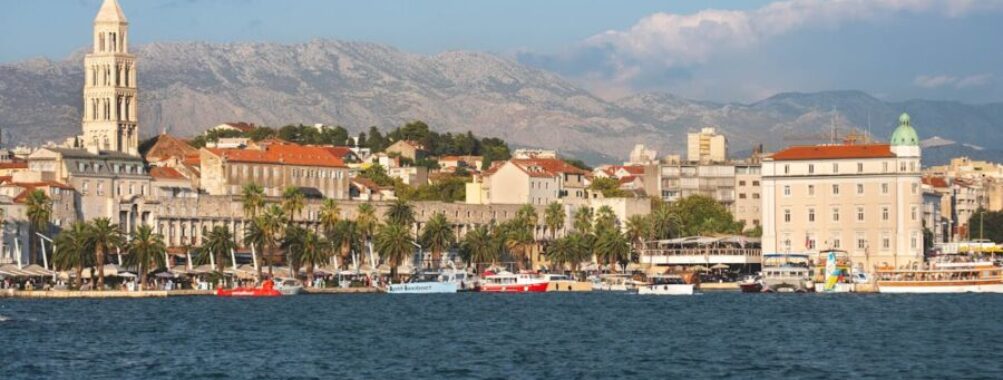
Croatia Trip Cost: 7 Days of Coastal Bliss Under $1000
Planning a trip to Croatia? You’re in for a treat! This stunning Adriatic gem offers crystal-clear waters, ancient walled cities, and breathtaking national parks. But how much will your Croatian adventure cost? A typical week-long trip to Croatia for two people costs around $2,400, including flights, accommodation, food, and activities. This breaks down to about $171 per person per day.
Croatia can fit different budgets. If you’re watching your wallet, you can get by on $59-$100 per day by staying in hostels, eating at local spots, and using public transport. For a mid-range experience with nicer hotels and restaurants, plan on $100-$200 daily. Luxury travelers can easily spend $300 or more per day on high-end hotels and dining.
Your costs will change based on when you visit, where you go, and what you do. Summer is pricier, especially in popular spots like Dubrovnik and Hvar. Traveling in spring or fall can save you money and help you avoid crowds. Inland areas like Zagreb are often cheaper than coastal hotspots.
Contents
- Key Takeaways
- Preparing for Your Croatia Trip
- Visa and Entry Requirements
- Best Time to Visit
- What to Pack
- Budgeting Your Trip
- Determining Your Travel Budget
- Daily Expense Planning
- Unexpected Costs
- Accommodation Costs
- Choosing Your Lodging
- Hotels vs. Hostels vs. AirBnBs
- Transportation and Getting Around
- Flights to Croatia
- Public Transportation vs. Car Rentals
- Navigating Ferries and Catamarans
- Food and Dining Experiences
- Sampling Croatian Cuisine
- Eating on a Budget
- Fine Dining Options
- Exploring Croatia’s Attractions
- Natural Wonders
- Historical Sites
- Cultural Immersion Activities
- Croatia’s Hidden Gems
- Off the Beaten Path Locations
- Lesser-known Beaches
- Local Festivities
- Additional Considerations
- Travel Insurance
- Connectivity and Communication
- Safety Tips
- Itinerary Examples
- One Week Trip Breakdown
- Two Week Trip Breakdown
- One Month Trip Exploration
- More Travel Guides
Key Takeaways
- Croatia trip costs range from $59-$300+ per person daily
- Prices vary by season, with summer being most expensive
- Coastal areas tend to cost more than inland destinations
Preparing for Your Croatia Trip
Getting ready for your Croatian adventure involves a few key steps. You’ll want to check entry requirements, pick the right time to visit, and pack smartly for your trip.
Visa and Entry Requirements
As a US citizen, you don’t need a visa to enter Croatia for stays up to 90 days. But you do need a passport valid for at least 3 months beyond your planned stay. Make sure to check if your passport needs renewing before you book your trip. It’s a good idea to have at least 6 months of validity, just to be safe.
Croatia is part of the European Union but not yet in the Schengen Zone. This means you’ll go through passport control when entering from other EU countries. Keep your passport handy and expect a brief stop at the border.
Travel insurance isn’t required, but it’s smart to get it. It can save you a lot of money if something goes wrong. Look for a policy that covers medical emergencies and trip cancellations.
Best Time to Visit
The best time to visit Croatia depends on what you’re after. Summer (June to August) is peak tourist season. It’s hot, crowded, and prices are at their highest. But the beaches are perfect and the festivals are in full swing.
Spring (April to May) and fall (September to October) are great for mild weather and fewer crowds. You can enjoy sightseeing without melting in the heat. Prices are also lower than in summer.
Winter (November to March) is the cheapest time to visit. It’s cold and some coastal towns shut down, but cities like Zagreb come alive with Christmas markets. It’s perfect if you want to avoid tourists and don’t mind bundling up.
What to Pack
Packing for Croatia depends on when you’re going and what you plan to do. Here’s a quick list to get you started:
- Comfortable walking shoes (Croatia has lots of cobblestone streets)
- Swimsuit and beach towel (if visiting in summer)
- Light, breathable clothes for hot days
- A light jacket or sweater for cooler evenings
- Sunscreen and sunglasses
- A reusable water bottle
- A day bag for exploring
If you’re visiting churches or religious sites, pack modest clothes that cover your shoulders and knees. It’s a sign of respect and sometimes required for entry.
Don’t forget your camera! Croatia is full of beautiful sights you’ll want to capture. And if you’re planning to hit the beaches, pack water shoes. Some Croatian beaches are pebbly and can be tough on bare feet.
Budgeting Your Trip

Planning your Croatia trip budget is key to a stress-free vacation. Let’s break down the costs and help you make smart choices to get the most out of your money.
Determining Your Travel Budget
Start by figuring out how much you can spend. Look at your savings and set a realistic budget. A week in Croatia might cost around $850 for one person or $1,700 for two. This covers the basics like a place to stay, food, getting around, and some fun activities.
Think about what’s most important to you. Do you want fancy hotels or are you okay with hostels? Are you a foodie who loves trying new restaurants, or would you rather cook your own meals?
Make a list of must-do activities and research their costs. Some attractions have free days or discounts if you book ahead. Don’t forget to add extra for souvenirs or unexpected treats.
Daily Expense Planning
Plan your daily spending to stretch your budget. Here’s a rough breakdown:
- Accommodation: $30-100 per night
- Food: $15-40 per day
- Local transport: $5-15 per day
- Activities: $10-50 per day
These numbers can change based on where you go and how you travel. Big cities like Zagreb or Split might cost more than smaller towns.
Try to balance splurges with savings. Maybe you spend less on food one day to afford a fancy dinner the next. Look for free walking tours or beach days to offset pricier excursions.
Keep track of your spending with a simple app or notebook. This helps you stay on budget and adjust if needed.
Unexpected Costs
Always set aside some money for surprises. You might need to take a taxi if you miss a bus, or buy medicine if you catch a cold. About 10-15% of your total budget is a good amount for these just-in-case moments.
Watch out for hidden fees. Some places charge extra for Wi-Fi or AC. Always ask about additional costs when booking hotels or tours.
Currency exchange can eat into your budget too. Try to use ATMs for the best rates, and avoid exchanging money at airports where rates are usually worse.
Remember, it’s okay to splurge sometimes! Just make sure it fits in your overall budget. With smart planning, you can have an amazing Croatia trip without breaking the bank.
Accommodation Costs
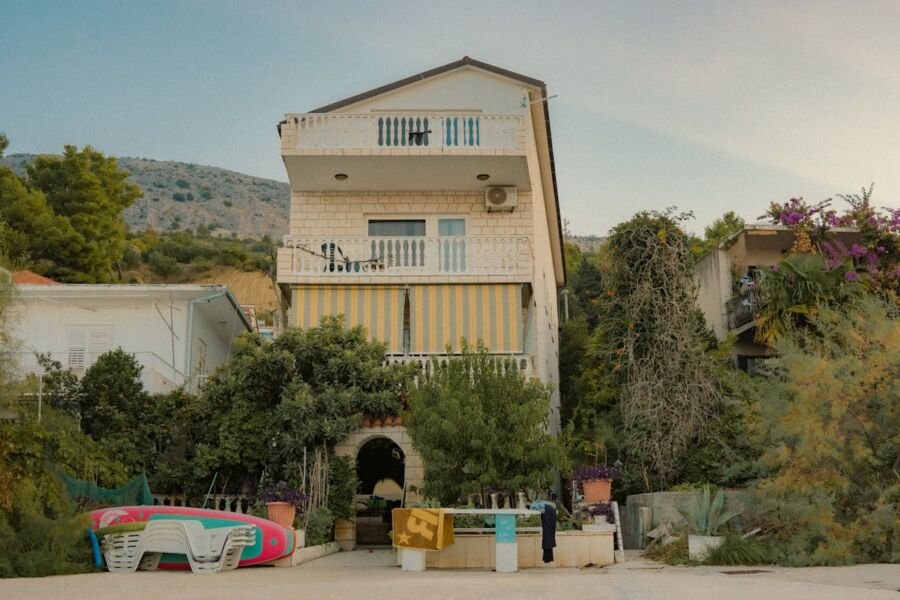
Finding the right place to stay in Croatia can make or break your trip. Your lodging choices will have a big impact on your budget and overall experience.
Choosing Your Lodging
Croatia offers many types of places to stay. Hotels are common in cities and tourist spots. They cost about $60-150 per night for a basic room. Luxury hotels can run $200 or more. Vacation rentals like apartments give you more space and a kitchen. These average $50-100 nightly.
Hostels are cheapest at $15-30 for a dorm bed. Private hostel rooms cost $40-60. Location affects price a lot. Coastal towns and islands tend to be priciest, especially in summer. Inland areas are often cheaper.
Book early for peak season (July-August) to get better rates. Shoulder seasons (May-June, September-October) offer good value.
Hotels vs. Hostels vs. AirBnBs
Hotels give you amenities and services. You’ll get daily cleaning, breakfast, and a front desk. But they’re usually pricier than other options. Hostels let you meet other travelers and save money. Many hotels offer both private rooms and dorms.
AirBnBs and vacation rentals can be great for groups or longer stays. You’ll have a kitchen to cook meals. But you might miss hotel perks like daily housekeeping. Prices vary widely based on size and location.
Consider mixing it up during your trip. Try a hostel in cities to save cash. Splurge on a nice hotel for a few nights by the beach. Rent an apartment to live like a local in smaller towns.
Transportation and Getting Around

Getting around Croatia is easy and affordable with several options to suit different travel styles and budgets. From flights to ferries, you’ll find convenient ways to explore this beautiful country.
Flights to Croatia
Flying is often the quickest way to reach Croatia. Look for deals on flights to major cities like Zagreb, Split, and Dubrovnik. Prices vary based on season and departure city. You can expect to pay around $700 per person for round-trip flights from the US.
During summer, more direct flights are available from European cities. Consider flying into a nearby hub like Venice or Vienna and taking a short connecting flight to save money.
Public Transportation vs. Car Rentals
Buses are the main form of public transport in Croatia. They’re cheap and connect most towns and cities. A bus from Zagreb to Split costs about $20-$28.
Renting a car gives you more freedom to explore. Car rental prices start around $30 per day. It’s great for visiting smaller towns and national parks. Keep in mind parking can be tricky in old town centers.
Trains are limited but can be a scenic option for some routes. The Zagreb to Split train journey is popular among tourists.
Ferries are essential for island hopping along the coast. They’re affordable but can be slow. A ferry from Split to Hvar takes about 2 hours and costs around $10.
Catamarans are faster but pricier. They’re great for day trips between islands. Book ahead in summer as they fill up fast.
You can buy tickets at ports or online. Check schedules carefully as they change seasonally. Some routes only run in summer.
Food and Dining Experiences
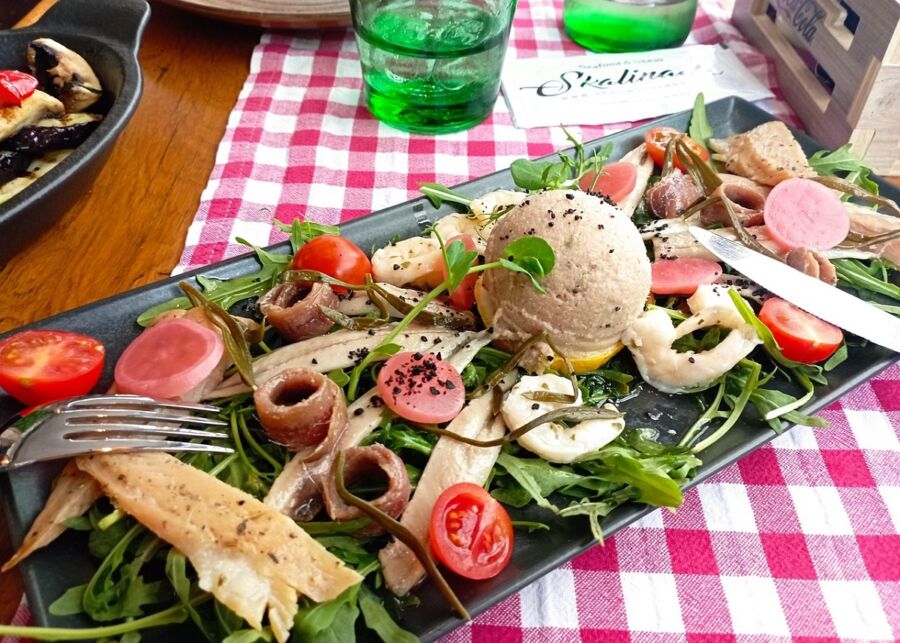
Croatian cuisine offers a mix of Mediterranean flavors and Central European influences. You’ll find plenty of options to suit different tastes and budgets as you explore the country’s food scene.
Sampling Croatian Cuisine
You can’t miss trying some local specialties during your trip. Seafood is a big part of coastal menus – grilled fish, octopus salad, and black risotto are popular choices. Inland, you might enjoy hearty meat dishes like pašticada (beef stew) or štrukli (cheese-filled pastry). Don’t forget to taste some Croatian olive oil and wines too!
Prices for meals vary. A casual lunch of ćevapi (grilled meat) or pizza might cost €5-8. For dinner at a mid-range restaurant, expect to pay around €15-25 per person. Street food and bakeries offer cheaper eats if you’re on a tight budget.
Eating on a Budget
You don’t have to spend a fortune to eat well in Croatia. Local markets are great for picking up fresh produce, cheese, and cured meats for picnics. Many towns have small family-run konobas (taverns) serving homestyle meals at reasonable prices.
Quick bites like burek (savory pastry) or sandwiches usually cost €2-4. For a sit-down meal, look for “marenda” or “gablec” – these are set lunch menus offered by some restaurants for about €8-12. They’re a good way to try local dishes without breaking the bank.
Fine Dining Options
Croatia has some excellent upscale restaurants for special occasions or a splurge. In recent years, several restaurants have even earned Michelin recognition. These spots often showcase creative takes on traditional recipes using top-quality local ingredients.
A fine dining experience can set you back €50-100 or more per person. But you’ll get to enjoy expertly prepared dishes in beautiful settings. Some standout options include seafood restaurants with stunning coastal views or innovative eateries in Zagreb’s trendy neighborhoods.
Remember to make reservations in advance for the best places, especially during peak tourist season. And don’t be shy about asking your server for wine recommendations – Croatian wines are fantastic but often overlooked internationally.
Exploring Croatia’s Attractions
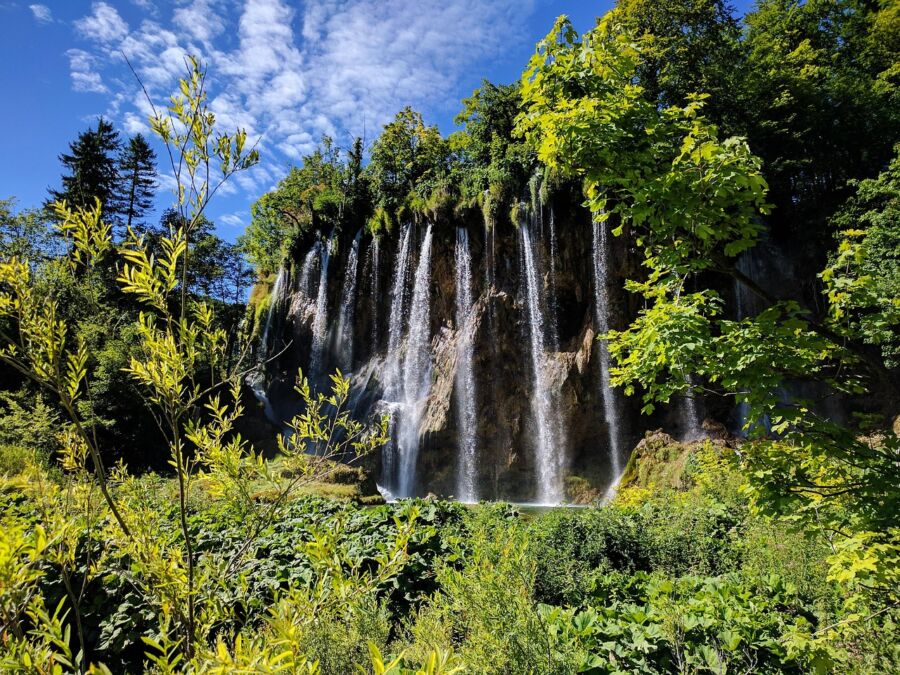
Croatia offers a mix of natural beauty, ancient history, and vibrant culture. You’ll find stunning coastlines, well-preserved Roman ruins, and lively cities to explore.
Natural Wonders
Croatia’s natural attractions will take your breath away. The Plitvice Lakes National Park is a must-see, with its 16 terraced lakes connected by waterfalls. Entrance fees are about $40 in peak season, but it’s worth every penny.
The Dalmatian Coast is another highlight. You can book boat tours to explore hidden coves and secluded beaches. Prices start around $50 per person.
Don’t miss the crystal-clear waters of the Adriatic Sea. Snorkeling trips cost about $30-40, letting you discover colorful marine life.
Historical Sites
Step back in time at Croatia’s historical sites. Dubrovnik’s Old Town is a medieval gem. Walking the city walls costs about $30, giving you amazing views.
In Split, Diocletian’s Palace is a Roman marvel. You can explore most of it for free, but guided tours cost around $20.
Zagreb, the capital, has its own charms. The Museum of Broken Relationships is quirky and costs just $5 to visit.
Cultural Immersion Activities
Immerse yourself in Croatian culture through local experiences. Try a cooking class in Split to learn traditional Dalmatian recipes. These usually cost $60-80 per person.
Wine tasting tours in the countryside let you sample local varietals. Expect to pay $50-100 for a half-day tour.
In Zagreb, join a local food tour to taste Croatian specialties. These walking tours often cost $50-70 and include several tastings.
Remember, prices can vary by season. Booking in advance can often save you money on popular attractions.
Croatia’s Hidden Gems
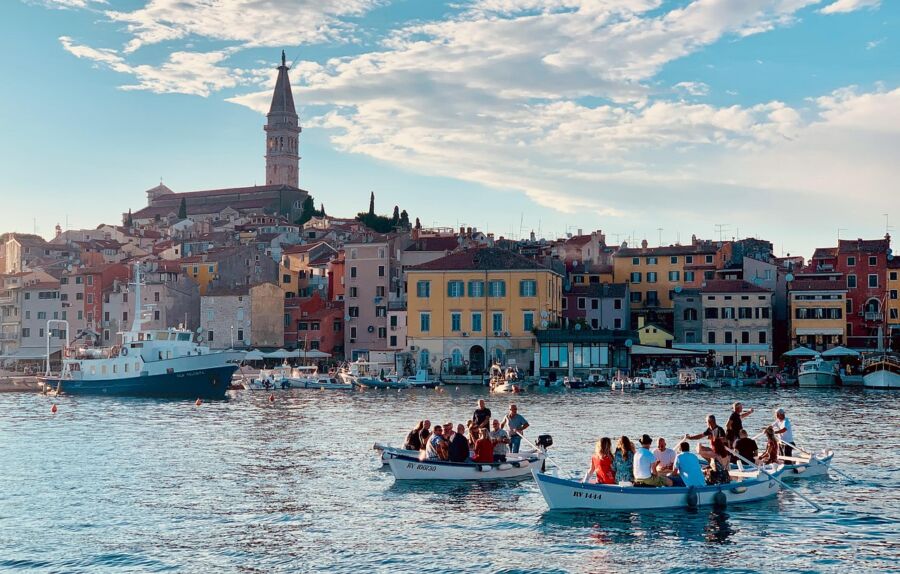
Croatia has some amazing spots that most tourists don’t know about. You can find quiet beaches, charming villages, and cool local festivals if you know where to look.
Off the Beaten Path Locations
Krka National Park is a real treasure. You’ll see stunning waterfalls surrounded by lush forests. The park has wooden walkways that let you get up close to the falls. It’s less crowded than Plitvice Lakes, so you can enjoy nature in peace.
Brijuni National Park is another hidden gem. It’s a group of islands with ancient Roman ruins, exotic animals, and beautiful beaches. You can take a little train tour to see the main sights.
Don’t miss the hilltop town of Motovun in Istria. It’s like stepping back in time with its old walls and cobbled streets. The views of the countryside are amazing.
Lesser-known Beaches
Stiniva Beach on Vis island is a slice of paradise. It’s tucked away between high cliffs, so it feels very private. The clear blue water is perfect for swimming.
Nugal Beach near Makarska is a secluded spot. You need to hike down a forest path to reach it. The beach is clothes-optional, so it’s great if you want to avoid tan lines.
For something different, try Zlatni Rat beach on Brač island. It’s shaped like a golden horn sticking out into the sea. The shape changes with the tides and currents.
Local Festivities
The Pula Film Festival in July is a must-see. They show movies in a 2000-year-old Roman amphitheater. It’s magical to watch films under the stars in such an old place.
In August, check out the Tilting at the Ring in Sinj. Horsemen in traditional clothes try to spear a metal ring while riding at full speed. It’s exciting to watch.
Novalja on Pag island hosts Sonus Festival in August. It’s a big electronic music party that lasts for days. The beach clubs come alive with top DJs from around the world.
Additional Considerations
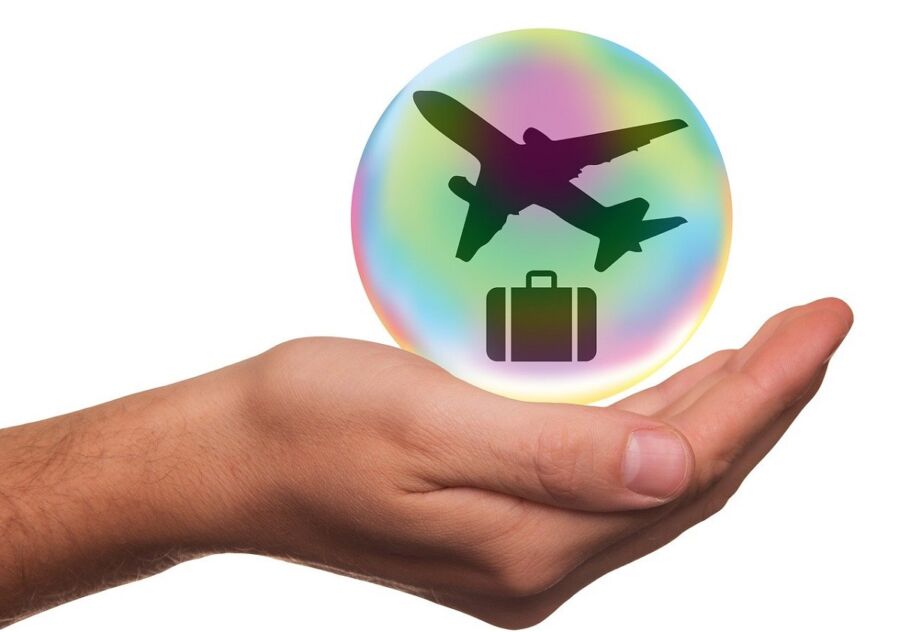
Planning a trip to Croatia involves more than just budgeting for flights and hotels. You’ll want to think about a few extra things to ensure a smooth, worry-free vacation.
Travel Insurance
Don’t skimp on travel insurance for your Croatian adventure. It’s a small cost that can save you big headaches. Most policies cover medical emergencies, trip cancellations, and lost luggage. Prices vary, but expect to pay around $50-100 per person for a week-long trip.
Some credit cards offer travel insurance, so check if yours does before buying a separate policy. If you’re planning adventurous activities like rock climbing or scuba diving, make sure your policy covers them. It’s worth shopping around to find the best deal that meets your needs.
Remember, Croatia has a reciprocal healthcare agreement with some countries, but it doesn’t cover everything. Travel insurance fills those gaps and gives you peace of mind.
Connectivity and Communication
Staying connected in Croatia is pretty easy these days. Most hotels, cafes, and even some public spaces offer free Wi-Fi. But if you need constant access, consider buying a local SIM card. They’re cheap – about $10-15 for a week’s worth of data.
Major cities like Zagreb and Split have great 4G coverage. It gets spottier in rural areas, but you’ll still find service in most tourist spots. If you’re island hopping, expect some dead zones between islands.
Want to avoid roaming charges? Turn off data roaming on your phone and stick to Wi-Fi. Apps like WhatsApp or Skype are great for keeping in touch with folks back home without racking up a big phone bill.
Safety Tips
Croatia is a safe country for tourists, but it’s always smart to take precautions. Keep an eye on your belongings, especially in crowded areas like markets or beaches. Pickpocketing can happen, just like in any tourist destination.
If you’re driving, be aware that Croatian roads can be narrow and winding, especially along the coast. Rent a smaller car if you can – it’s easier to navigate those tight spots.
Watch out for sea urchins if you’re swimming. They’re common in rocky areas and their spines can be painful. Wearing water shoes can help protect your feet.
Lastly, be respectful of local customs. Croatians are generally friendly, but they appreciate tourists who make an effort to understand their culture.
Itinerary Examples

Planning a trip to Croatia? Let’s break down some sample itineraries to help you budget and plan your adventure. We’ll look at options for one week, two weeks, and a whole month in this beautiful country.
One Week Trip Breakdown
A week in Croatia gives you a taste of the country’s highlights. Start in Zagreb for 2 days, exploring the capital’s museums and cafes. Then head to Plitvice Lakes for a day of nature walks. Spend your last 4 days on the coast in Split and Dubrovnik.
Budget around €100-150 per day for mid-range travel. This covers:
- Accommodation: €50-70 per night
- Food: €25-30 per day
- Transport: €15-20 per day
- Activities: €15-30 per day
Don’t forget to add €27 for a day trip to Lokrum Island from Dubrovnik. It’s a must-see!
Two Week Trip Breakdown
With two weeks, you can see more of Croatia’s stunning coastline and islands. After Zagreb and Plitvice, head to Zadar for 2 days. Then ferry to Hvar for 3 days of island life. Finish with 3 days each in Split and Dubrovnik.
Your daily budget might look like:
- Accommodation: €60-80 per night
- Food: €30-35 per day
- Transport: €20-25 per day
- Activities: €20-35 per day
Plan for about €120-175 per day. Bus trips between cities cost €20-30 each. Add extra for island ferries.
One Month Trip Exploration
A month lets you dive deep into Croatian culture. After the main spots, add time in Istria, more islands like Korčula, and lesser-known coastal towns. You can slow down and live like a local.
Your budget might drop to €90-140 per day as you’ll find weekly apartment rentals and cook more meals. Here’s a rough breakdown:
- Accommodation: €40-60 per night (with weekly discounts)
- Food: €20-30 per day (mix of eating out and cooking)
- Transport: €10-15 per day (averaged over the month)
- Activities: €20-35 per day
Prices jump in July and August, so traveling in shoulder seasons can save you 20-30% on your total trip cost.



